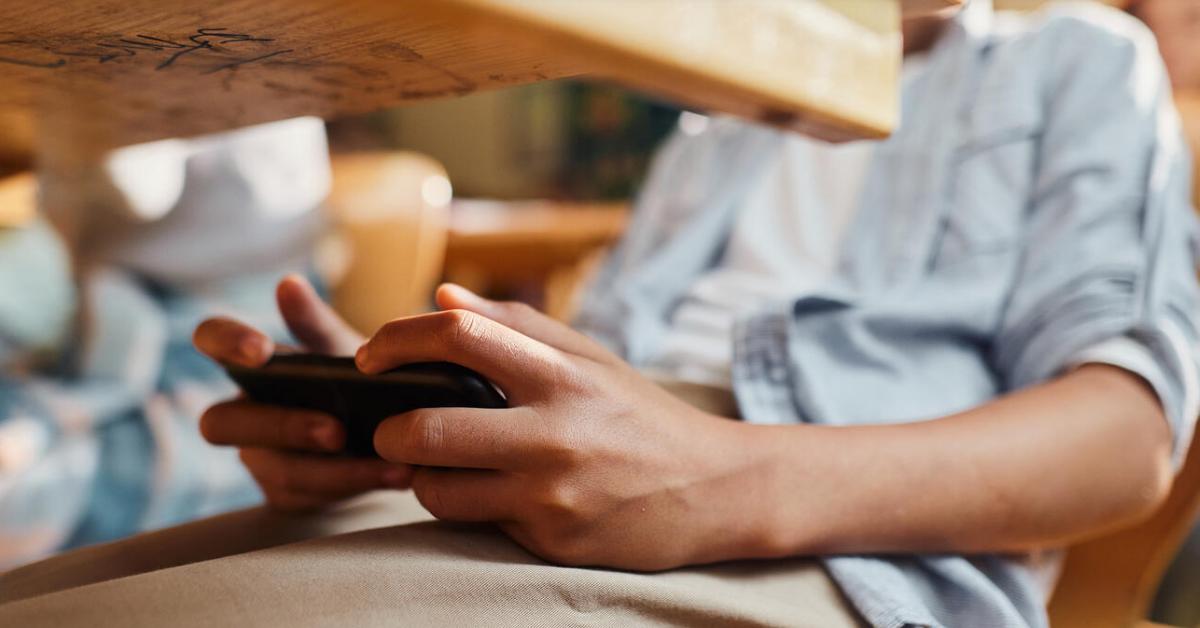This week, the Connecticut House of Representatives passed legislation that requires all school districts to adopt a policy on the use of smartphones by students in K-12 public schools as part of an effort to promote distraction-free learning in the digital age.
The bill, which now requires approval from the state senate, does not mandate what the policy includes, only that a policy be created. However, the Connecticut Board of Education, working with multiple teachers unions and education groups, has developed guidelines for schools to follow.
They are:
Elementary School − The policy for elementary school students should focus on removing cell phones from the classroom to maximize academic, social, and emotional development. Elementary school students’ school day environments and experiences and classroom activities should create spaces that encourage personal interaction among peers.
− Specific procedures for collecting and isolating cell phones upon arrival at school or in the classroom may be necessary to ensure compliance with the policy.
Middle School − The policy for middle school students should also focus on removing cell phones from the school day or classroom. Developmentally, this age group is particularly vulnerable to the negative effects of excessive personal technology use and has a difficult time controlling their impulses. Concurrently, middle school students experience increased autonomy and independence during the school day, which can lead to increased opportunity for cell phone misuse.
− Possession of cell phones in this age group is likely to be viewed as a rite of passage into adulthood, so communication and application of policies that restrict use must be developed in consideration of the specific challenges of middle school students.
High School − The policy for high school students regarding school day access and use should still be restrictive; however, as appropriate, high school students may be developmentally ready to take more ownership of controlling excessive use and understanding responsibilities regarding technology use to better prepare them for life after high school.
− Inappropriate and potential illegal use of technology is likely to increase in high school on and off school grounds, including accessing and sharing inappropriate content and cyberbullying, requiring inclusion of expectations regarding technology use in the student Code of Conduct.
− Cell phones that are turned off and kept out of sight create classroom environments where students are less likely to be distracted by interruptions, can focus more on learning, and allow educators to concentrate on instruction instead of constantly monitoring student cell phone use. The policy should therefore address high school students having cell phones on their person during class.
The law, if passed by the senate and signed by the Governor, mandates School boards have a policy in place by the 2026-27 school year.
For the full guidance, see the document here.
